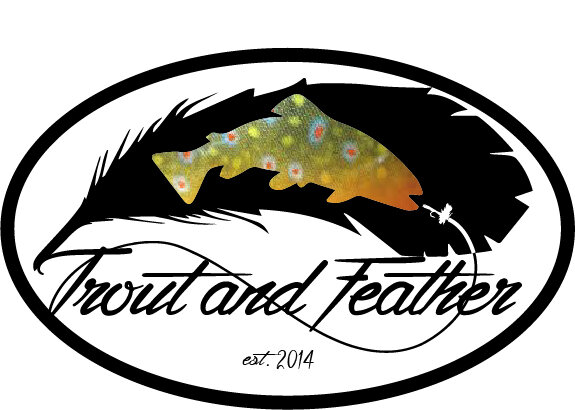You care about your flies. More than that, you care about the organization of your flies. You spend time, energy, and effort to tie or buy your flies, so it only stands to reason that you should be concerned about where they go.
Of course, you can put flies in anything. An old Altoid tin will work. But for a few dollars you can find the ideal fly box.
Today there are dozens of fly boxes at any fly shop and hundreds available online. What separates one from another? Labels might matter a little and there could even be some bells or whistles. Really what it all comes down to is the method by which your flies are held in any box. Here are a handful of common boxes and their strengths:
Compartment Boxes: bulk flies, flies with prominent hackle, flies with weedguards, deerhair bodied flies
The very same tackle box you use for rubber worms and weights will also excel as a fly box. If you need a lot of patterns (and a lot of each pattern) this is your best bet. Guides use them, and often have tray after tray of flies stashed at the ready. Compartments also protect materials from getting smashed. A weedguard will lose it’s shape if pressed against foam, as will a deerhair slider. As long as you don’t force a fly into it’s “hole,” it should keep its form and function.
Flat Foam: nymphs, streamers
A fresh, white, flat foam surface is basically a blank canvas. You can orient flies any way that you want. You can put them in rows or stick them in randomly. The only limitation/consideration is the fact that flat foam isn’t too kind to delicate hackles.
Ripple foam: dries, small flies
A foam ripple just fits the silhouette of a dry fly. The hook goes into the top of the ridge and the hackle extends into the valley in front of it. The larger the fly, the deeper into the ridge you place it. Ripples are also a great choice for the smallest flies of any size. The tapered ridges allow you to accurately and securely stick tiny hooks into the very tops of the foam.
Silicone Slits: nymphs, streamers
Taking the fly box world (?) by storm last decade, silicone boxes are all over the place these days. Unlike foam, silicone doesn’t wear out and lose its function after multiple insertions/removals. The tension of the rubber holds hooks tight, and performs wonderfully on everything but the smallest of flies. The precut slits make organization a breeze. We’ve all seen (and envied) the Tacky boxes full of row after row of perfect flies on social media.
Fly Wallet: streamers, poppers, flies that hold water
Fly wallets seem retro. The truth is that they’ve always been around. Whether they’re lined with fleece or Velcro, they should be a part of your gear. A bendable fly wallet is much more comfortable against your body than a rigid box, making them ideal for shirt, jacket, or wader pockets. Since they’re open at both ends, wet flies will dry out quickly. I personally like using them for poppers, as they easily accommodate a wide variety of heights.
Clips: dries, traditional wet flies
Metal boxes with clips look cool. They harken back to yesterday’s angler, but they can benefit you today. Small metal clips offer the security of foam while still allowing a little bit of motion. As long as flies aren’t crammed next to each other, they will rest on their hackle tips and stay safe. Wet flies can also be clipped in and “laid down.” This prevents them from being compressed by the top of a box.
Waterproof: in situations when you think your fly box itself is at risk of being submerged
I’m not anti-waterproof boxes. I just think they should be used wisely. If I have to have a fly box in my pants pocket while wet wading, it will be waterproof. Otherwise, I use something that allows for some airflow. With a few exceptions, waterproof boxes also keep moisture in. Unless you’re diligent to open your box after fishing or to dry your flies completely after fishing them, it might put your whole assortment in jeopardy.
***
Those are just a sampling of fly storage options. I could have just as easily included double sided, swing leaf, wooden, plastic, rig keeper, threader… you name it, it is out there.

